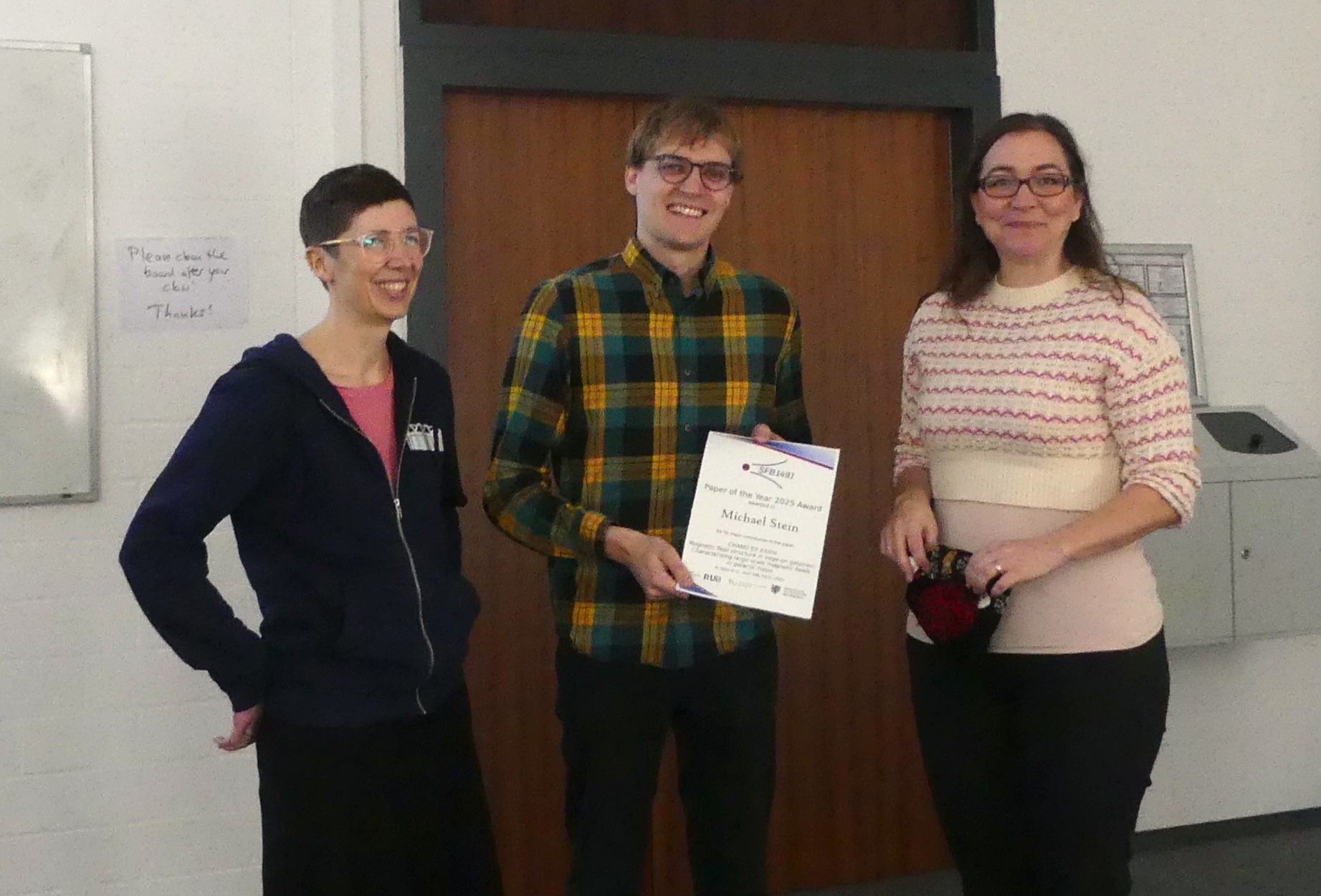
15.12.2025
Congratulations to Michal Stein who has been awarded the SFB1491 Paper of the Year 2025 Award for his outstanding work on understanding the morphology of galactic magnetic fields and their role in cosmic-ray transport.
Understanding the morphology of magnetic fields in galaxies and their impact on galactic cosmic ray transport is one of the key goals of CRC 1491. Observations of nearby edge-on galaxies at radio frequencies reveal a rather peculiar X shaped polarisation structure.
In his paper, Michael presents the first quantitative analysis of this X shape and relates its opening angle to the star-formation activity in the galactic disc.
This research was published under the title „CHANG-ES: XXXIV. Magnetic field structure in edge-on galaxies: Characterising large-scale magnetic fields in galactic halos„ in Astronomy & Astrophysics, in collaboration with all members of Project A4 and Michael as the lead author.
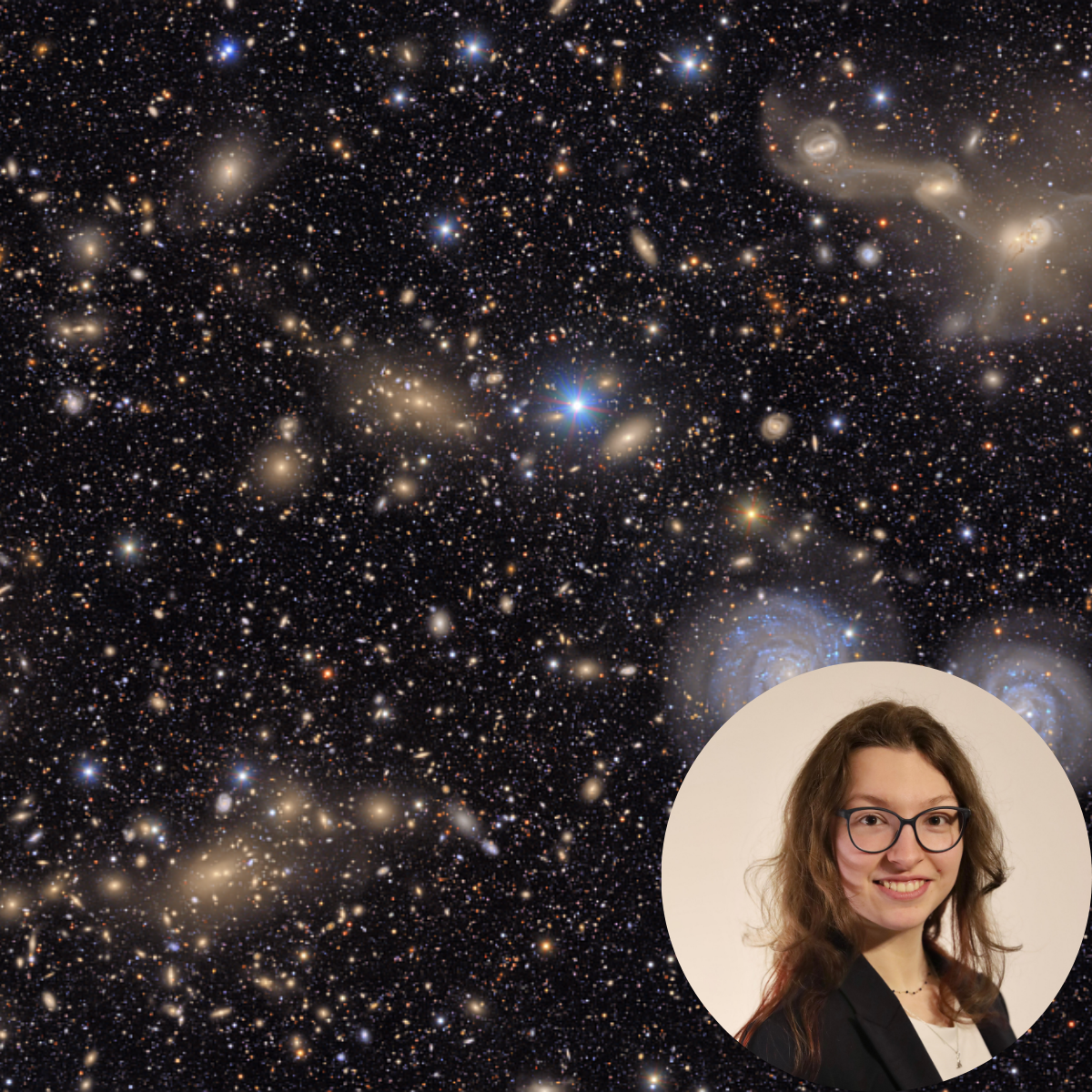
03.12.2025
We are pleased to invite you to the public lecture “Das Vera Rubin Observatorium und die dunkle Seite des Kosmos " (in German).
Klara Bertmann will take you on a journey to the great mysteries the universe still holds today. Contributing to their unraveling is the new Vera C. Rubin Observatory, which began operations in Chile earlier this year.
When 10.12.25 at 20:00
Where Planetarium Bochum
For registration and further information, please have a look at the Planetarium’s homepage.
Picture:
A small section of the Virgo galaxy cluster as seen by the Vera Rubin observatory
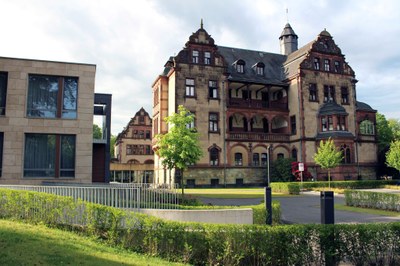
19.11.2025
We are happy to advertise the 5th Graduate School on Astro-Particle Physics "Unifying view on cosmic interacting matter"
which will take place from January 18 to January 23, 2026 at Physikzentrum Bad Honnef, Germany.
The school is aimed at PhD students and includes lectures on:
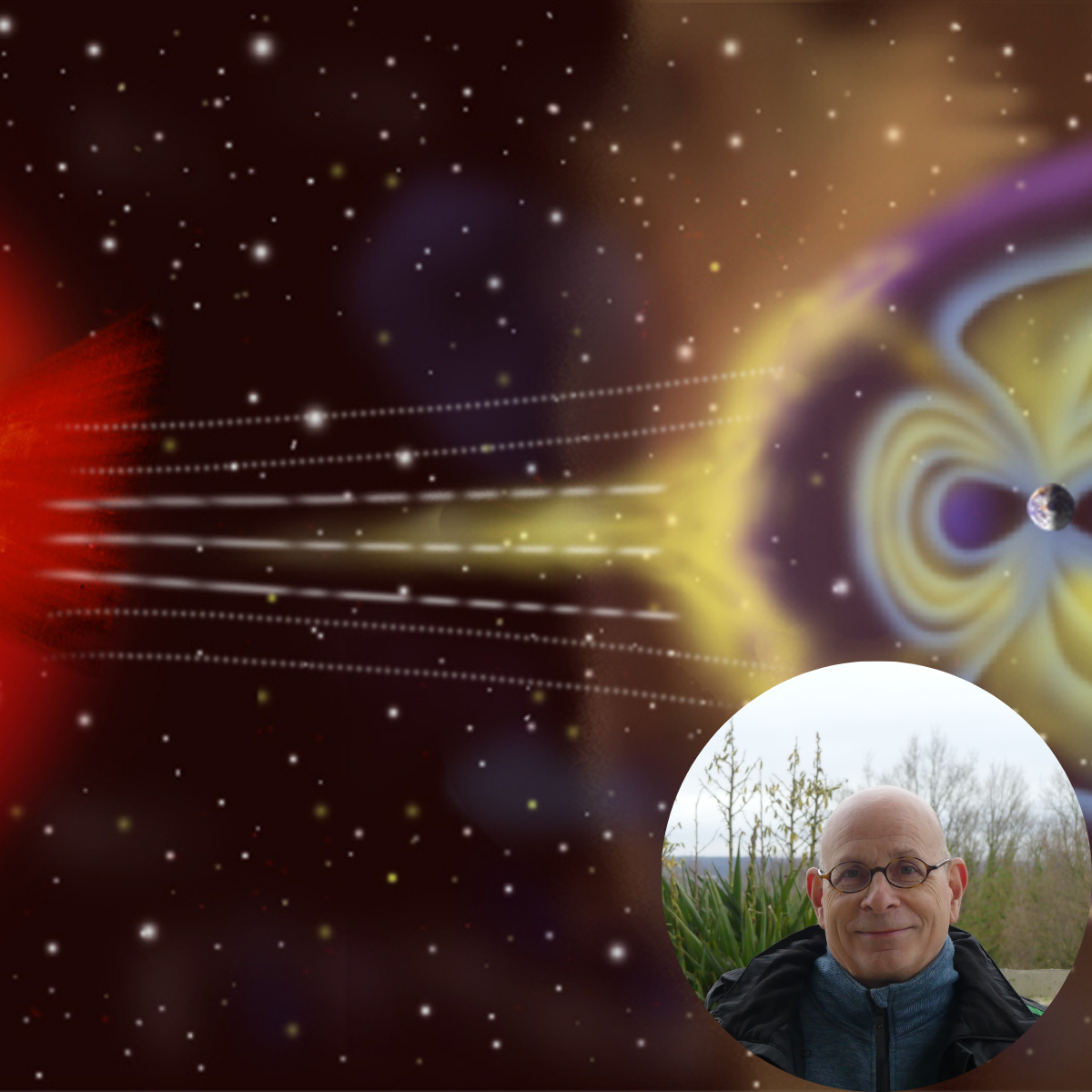
17.11.2025
We are pleased to invite you to the public lecture “Weltraumwetter - was steckt dahinter? " (in German).
Horst Fichtner will answer the question of what ‘space weather’ actually is, whether it has any similarities to weather on Earth, and whether it can even pose a danger to us in extreme cases.
When 26.11.25 at 20:00
Where Planetarium Bochum
For registration and further information, please have a look at the Planetarium’s homepage.
Picture:
The solar wind interacting with the magnetic field of the Earth.
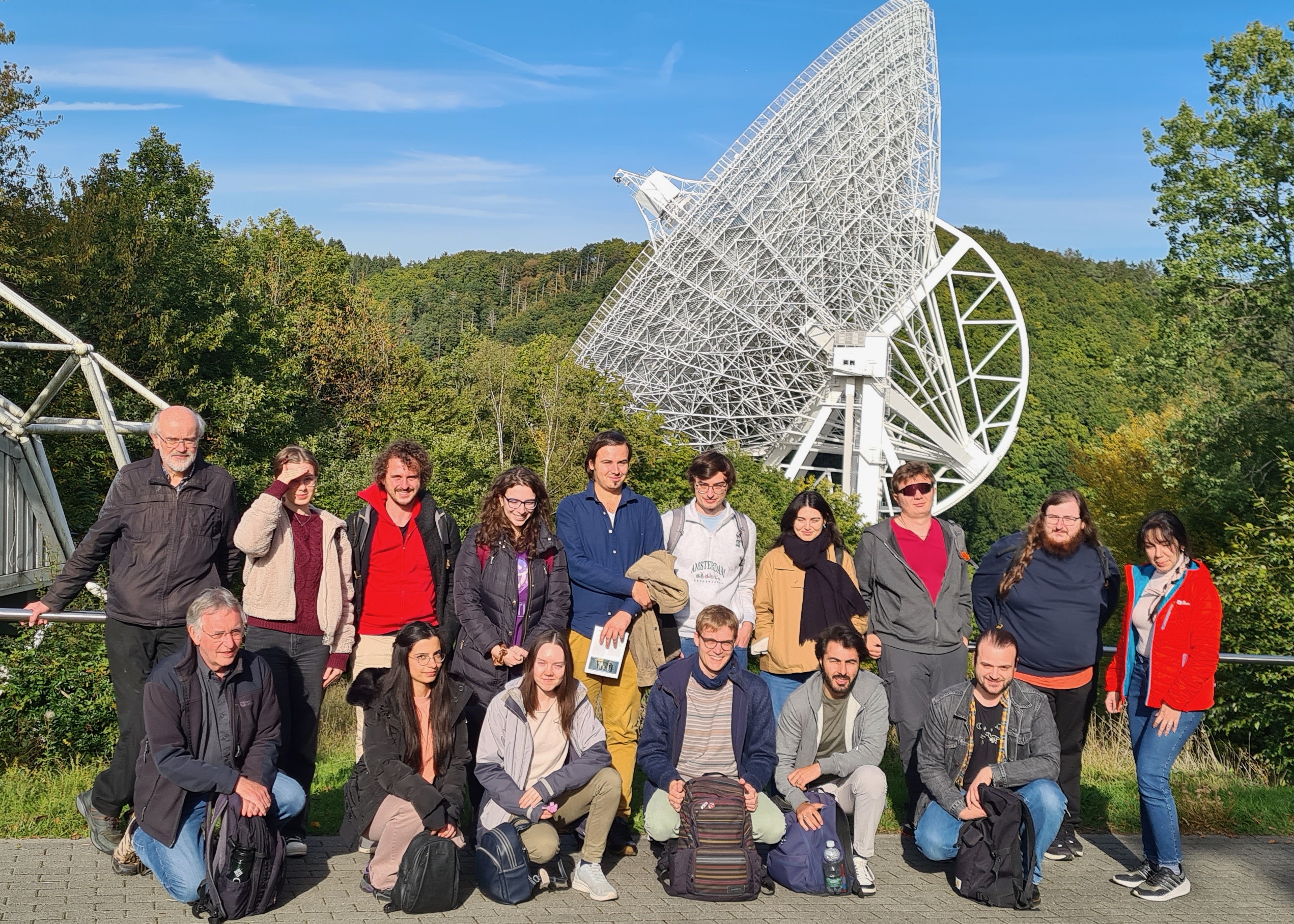
02.11.2025
On October 2nd, a group of ECRs from our CRC embarked on an inspiring visit to the Effelsberg Radio Telescope which is one of the world’s largest fully steerable radio telescopes. Operated by the Max Planck Institute for Radio Astronomy (MPIfR), the 100-meter telescope has been a cornerstone of astronomical discovery since the 1970s. Thanks to continuous modernization, it remains a leading observatory in radio astronomy until today.
During the visit, Dr. Norbert Junkes from the MPIfR guided the group through the impressive facility. Our participants gained fascinating insights into how the telescope operates, its various research capabilities, and its ongoing contribution to exploring the Universe.
This visit not only deepened the ECRs' understanding of radio astronomy but also sparked new ideas and enthusiasm for their own research paths.